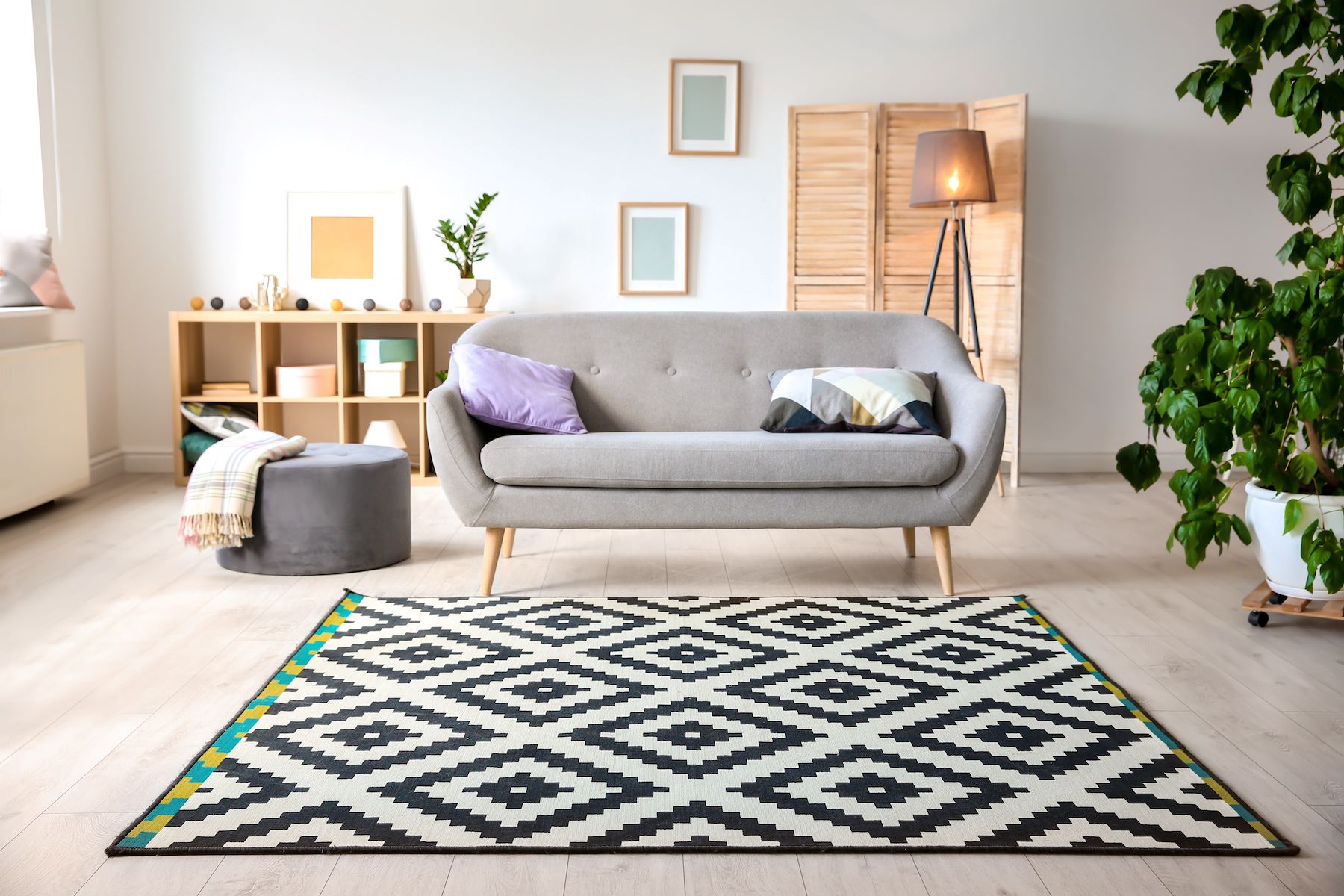

Articles
How To Paint Canvas Rugs
Modified: January 6, 2024
Learn how to paint canvas rugs with our informative articles. Transform your space with these DIY rug painting tips and techniques.
(Many of the links in this article redirect to a specific reviewed product. Your purchase of these products through affiliate links helps to generate commission for Storables.com, at no extra cost. Learn more)
Introduction
Welcome to the world of canvas rugs! Whether you’re looking to add a splash of color to your living space or wanting to unleash your artistic side, painting canvas rugs can be a thrilling and fulfilling project. Canvas rugs provide a unique way to personalize your home decor and create a one-of-a-kind piece that reflects your style and personality.
In this article, we will explore the step-by-step process of painting canvas rugs, from preparing the canvas to applying finishing touches. We will also delve into the techniques, color choices, and design options that will help you create stunning and visually appealing rugs. So, let’s dive in!
Key Takeaways:
- Personalize your living space and unleash your creativity by painting canvas rugs. Follow the step-by-step process, choose the right colors, and employ various techniques to create stunning, one-of-a-kind pieces that reflect your style and personality.
- Care for your painted canvas rug to ensure its longevity and vibrant appearance. Follow maintenance tips, avoid direct sunlight and moisture, and consider framing or displaying your artwork to preserve its beauty for years to come.
Read more: How To Store Large Canvas Paintings
Materials Needed
To get started with painting canvas rugs, gather the following materials:
- Canvas Rug: Choose a high-quality canvas rug in the size and shape you desire. Make sure the canvas is sturdy and smooth, providing a suitable surface for painting.
- Paints: Opt for acrylic paints, as they are water-based and offer vibrant colors. Select a variety of colors to create your desired design.
- Paintbrushes: Invest in a set of good quality paintbrushes in various sizes. Flat brushes are ideal for filling in larger areas, while round brushes are suitable for adding intricate details.
- Palette: Use a palette, either disposable or reusable, to mix your paint colors. This will allow you to create unique shades and keep them organized as you work.
- Masking Tape: Use masking tape to create clean and crisp edges on your canvas rug. It will help you achieve straight lines and prevent paint from bleeding into unwanted areas.
- Drop Cloth or Plastic Sheet: Cover your workspace with a drop cloth or a plastic sheet to protect it from any accidental spills or splatters.
- Palette Knife: A palette knife is useful for mixing and applying paint. It can also be used to create texture and unique effects on your canvas rug.
- Pencil and Eraser: Use a pencil to lightly sketch your design onto the canvas before painting. An eraser will come in handy if you need to make any adjustments or corrections.
- Water and Paint Containers: Have water containers to rinse your brushes and paint containers to hold and mix your paints. Ensure they are easy to clean and won’t affect the quality of your paints.
- Protective Varnish: Consider applying a protective varnish on your finished canvas rug to seal the paint and provide durability against everyday wear and tear.
Now that you have all the necessary materials, it’s time to dive into the exciting process of preparing and painting your canvas rug!
Preparing the Canvas Rug
Before starting to paint, it’s essential to prepare the canvas rug to ensure a smooth and even surface. Follow these steps to prepare your canvas rug:
- Clean the Rug: Begin by thoroughly cleaning the canvas rug to remove any dust, dirt, or debris. Use a vacuum cleaner or a soft brush to gently remove any loose particles.
- Smooth Out the Surface: If the canvas rug has any wrinkles or creases, iron it on a low heat setting to smooth out the surface. Be careful not to overheat the canvas as it may cause damage.
- Stretch the Canvas: If your canvas rug is not already stretched tightly, you may need to stretch it. Secure the rug to a wooden frame or stretcher bars using staples or thumbtacks. Ensure the canvas is taut and wrinkle-free.
- Prime the Canvas: Priming the canvas helps create an even surface and allows the paint to adhere better. Apply an acrylic gesso primer using a paintbrush or a roller in smooth and even strokes. Let the primer dry completely before moving on to the next step.
- Sand the Surface: Using fine-grit sandpaper, gently sand the primed canvas to create a smoother texture. This step helps the paint adhere better and reduces any roughness on the surface.
- Apply a Base Coat (optional): If you prefer a specific color for the background of your canvas rug, you can apply a base coat. Use a large paintbrush or a roller to apply an even layer of acrylic paint and let it dry completely.
By properly preparing the canvas rug, you create a solid foundation for your painting, ensuring better results and longevity of your artwork. Once the canvas is prepared, it’s time to move on to selecting the right colors!
Choosing the Right Colors
When it comes to painting canvas rugs, selecting the right colors is crucial for creating a visually appealing and harmonious design. Consider the following tips to help you choose the perfect colors:
- Consider the Room: Take into account the existing color scheme and decor of the room where your canvas rug will be placed. Choose colors that complement or contrast with the surroundings to create a cohesive look.
- Think About the Mood: Consider the mood or atmosphere you want to create in the room. Warm colors like reds, oranges, and yellows evoke energy and vibrancy, while cool colors like blues, greens, and purples create a calming and serene ambiance.
- Use Color Theory: Familiarize yourself with the basics of color theory to create harmonious color schemes. Complementary colors (opposite on the color wheel) create striking contrasts, while analogous colors (close to each other on the color wheel) offer a more harmonious and cohesive look.
- Experiment with Shades and Tones: Don’t limit yourself to using colors in their pure form. Experiment with different shades, tones, and gradients to add depth and dimension to your design. Mixing white with a color creates a lighter shade, while mixing black creates a darker tone.
- Create Contrast: Incorporate contrast in your design by using light and dark colors or by pairing warm and cool tones. This creates visual interest and makes your canvas rug stand out.
- Consider the Purpose: Think about the purpose of your canvas rug. If it’s meant to be a focal point in the room, bold and vibrant colors can make a statement. If you want a more subtle and understated look, opt for muted or pastel shades.
- Go for Personal Preference: Ultimately, trust your instincts and choose colors that resonate with you. Your canvas rug should reflect your personality and taste, so don’t hesitate to incorporate your favorite colors and unique combinations.
By carefully selecting the right colors, you can create a visually captivating canvas rug that complements your space and leaves a lasting impression. With the colors in mind, let’s explore the various painting techniques you can use!
Painting Techniques
When it comes to painting canvas rugs, there are various techniques you can utilize to achieve different effects and textures. Here are some popular painting techniques to consider:
- Brush Strokes: Experiment with different brush strokes to create texture and visual interest. Use short, choppy strokes for a rough look or long, smooth strokes for a more blended and seamless finish.
- Dry Brushing: Dip your paintbrush into a small amount of paint and remove excess by dabbing it onto a paper towel. Then, lightly brush the paint over the canvas rug, creating a dry and textured effect. This technique works well for adding highlights or creating a weathered appearance.
- Gradient Technique: Create a smooth transition of color by blending two or more colors together. Start by applying one color to a section of the canvas rug, then blend a second color into it while it is still wet. Use a clean brush or a sponge to blend the colors together until you achieve a seamless gradient.
- Splatter Technique: For a unique and abstract look, dip a stiff brush or toothbrush into paint and flick it towards the canvas rug. This technique creates a splatter effect, adding texture and movement to your design.
- Stencil Technique: Use stencils to create precise shapes and patterns on your canvas rug. Place the stencil on the canvas, secure it with masking tape, and then paint over it using a brush or sponge. Remove the stencil carefully to reveal the design underneath.
- Layering Colors: Experiment with layering different colors to create depth and dimension. Start with a base color and let it dry, then add additional layers of colors to create shading or highlights. This technique adds richness and complexity to your canvas rug.
- Texture Technique: Add texture to your canvas rug by incorporating various materials or tools. Use a palette knife or a textured roller to apply paint, or mix sand or other textured materials into the paint for a textured surface. This technique adds tactile interest to your artwork.
These painting techniques offer a range of possibilities for creating unique and visually captivating canvas rugs. Explore and experiment with different techniques to find the ones that best suit your design and artistic vision.
When painting canvas rugs, use fabric paint or acrylic paint mixed with fabric medium for durability. Apply thin, even coats and let each layer dry completely before adding another. Finish with a clear sealant for protection.
Read more: How To Store Canvas Paintings At Home
Adding Patterns and Designs
Adding patterns and designs to your canvas rug can elevate its visual appeal and make it truly unique. Here are some tips for incorporating patterns and designs into your painted canvas rug:
- Sketch Your Design: Before starting to paint, consider sketching your design on paper or lightly on the canvas rug itself. This will help you visualize the placement and composition of your patterns and designs.
- Geometric Patterns: Geometric patterns are a popular choice for canvas rugs. Use masking tape to create crisp lines and shapes. Experiment with triangles, squares, diamonds, chevron patterns, or any other geometric designs that suit your style.
- Nature-Inspired Designs: Draw inspiration from nature by incorporating floral motifs, leaves, vines, or other elements from the natural world. These organic designs can bring a sense of freshness and tranquility to your canvas rug.
- Abstract Designs: Get creative and explore abstract designs that express your artistic vision. Play with shapes, lines, and colors to create bold and eye-catching patterns that make a statement.
- Texture and Pattern Combination: Combine different painting techniques, such as dry brushing or stippling, with patterns to add texture and dimension to your canvas rug. This creates an interesting visual contrast and depth.
- Inspiration from Textiles and Art: Look to textiles, such as rugs, tapestries, or even art pieces, for inspiration. Incorporate patterns and designs that mimic the look of these textiles, or reinterpret them with your own artistic flair.
- Mixing Patterns: Don’t shy away from mixing different patterns and designs on your canvas rug. Stripes, polka dots, chevron, and floral patterns can coexist harmoniously, creating a visually dynamic and eclectic piece.
- Experiment with Color and Contrast: Use colors to enhance your patterns and designs. Add pops of contrasting colors to make certain elements stand out, or use subtle shades for a more understated and cohesive look.
Remember, the goal is to let your creativity shine through and create a canvas rug that reflects your personal style. Don’t be afraid to take risks and experiment with different patterns and designs to make your canvas rug truly one-of-a-kind.
Applying Finishing Touches
Once you have painted the patterns and designs on your canvas rug, it’s time to apply the finishing touches to complete your masterpiece. Here are some steps to consider when adding those final details:
- Double-Check Your Design: Take a step back and evaluate your painted canvas rug. Make any necessary touch-ups or adjustments to ensure that the patterns and designs are clean, precise, and visually appealing.
- Add Highlights and Shadows: Enhance the depth and dimension of your design by adding highlights and shadows. Use lighter tones to highlight certain areas and darker tones to create shadows or depth. This step adds realism and richness to your artwork.
- Refine the Edges: Use a small paintbrush to refine the edges of your designs and patterns. This will help define the shapes and make the overall look more polished. Fix any uneven lines or smudges to ensure a clean and professional finish.
- Protective Varnish: Consider applying a protective varnish to your painted canvas rug. This helps seal the paint and provides durability, making your artwork more resistant to everyday wear and tear. Choose a varnish specifically designed for acrylic paints and follow the instructions for application.
- Sign and Date: Add a personal touch by signing and dating your canvas rug. Use a small brush and a contrasting color to sign your name and add the date. This adds a sense of authenticity and marks the completion of your artwork.
- Dry and Cure: Allow your painted canvas rug to dry completely before moving or using it. Follow the instructions on your paint containers to determine the recommended drying time. It is also advisable to let it cure for a few days before placing any furniture or heavy objects on it.
By applying these finishing touches, you can ensure that your painted canvas rug looks professional, vibrant, and ready to be displayed in your space. Take the time to carefully complete these steps to truly bring your artwork to life.
Care and Maintenance of Painted Canvas Rugs
Now that you have created a beautiful painted canvas rug, it’s important to know how to properly care for and maintain it to ensure its longevity and preserve its vibrant appearance. Here are some tips for caring for your painted canvas rug:
- Regular Cleaning: Vacuum your painted canvas rug regularly to remove loose dirt and debris. Use a soft brush attachment or gently sweep with a broom to avoid damaging the painted surface. Avoid harsh cleaners or abrasive brushes, as they can damage the paint.
- Avoid Direct Sunlight: Limit the exposure of your painted canvas rug to direct sunlight. Prolonged exposure can cause the colors to fade over time. If possible, place the rug in an area where it is not directly exposed to sunlight or use curtains or blinds to protect it during peak sunlight hours.
- Protect from Moisture: Keep your painted canvas rug away from excessive humidity or moisture. Moisture can cause the paint to crack or peel. If you need to clean a stain or spill, use a damp cloth and gently blot the area. Avoid scrubbing the paint as it may cause damage.
- Avoid Sharp Objects: Prevent any sharp objects, such as high heels or furniture with sharp edges, from coming into contact with your painted canvas rug. Scratches or punctures can damage the paint and affect the overall appearance of the artwork.
- Rotate and Rearrange: To avoid uneven wear, periodically rotate your painted canvas rug or move it to different locations in your space. This will distribute any foot traffic or weight evenly and prevent excessive wear on a specific area.
- Avoid Heavy Traffic Areas: If possible, avoid placing your painted canvas rug in high-traffic areas where it may endure constant foot traffic. This will help preserve the paint and prevent premature wear.
- Consider Framing or Displaying: If you want to protect your painted canvas rug and showcase it as a piece of art, consider framing it or displaying it on a wall. This will help prevent it from being stepped on and reduce the risk of damage.
- Professional Cleaning: If your painted canvas rug requires deeper cleaning or restoration, it is best to consult a professional cleaner or restorer who specializes in handling painted textiles. They will have the expertise and knowledge to clean and preserve your artwork properly.
By following these care and maintenance tips, you can ensure that your painted canvas rug remains vibrant and beautiful for years to come. With the proper care, your artwork will continue to be a stunning centerpiece in your home.
Conclusion
Painting canvas rugs is a creative and rewarding project that allows you to unleash your artistic talents and add a personalized touch to your home decor. By following the step-by-step process outlined in this article, you can create stunning and unique canvas rugs that reflect your style and personality.
Starting with the proper materials and preparing the canvas rug sets the foundation for a successful painting endeavor. Choosing the right colors and employing various painting techniques helps bring your vision to life, while adding patterns and designs adds an extra level of sophistication and creativity to your artwork.
Applying the finishing touches and taking the time to care for and maintain your painted canvas rug ensures its longevity and preserves its vibrant appearance. With proper care, your artwork will continue to be a stunning focal point in your space, impressing guests and bringing joy to your everyday life.
So, gather your materials, let your creativity flow, and embark on a journey of creating beautiful painted canvas rugs that will transform your living space into an artistic haven.
Happy painting!
Frequently Asked Questions about How To Paint Canvas Rugs
Was this page helpful?
At Storables.com, we guarantee accurate and reliable information. Our content, validated by Expert Board Contributors, is crafted following stringent Editorial Policies. We're committed to providing you with well-researched, expert-backed insights for all your informational needs.
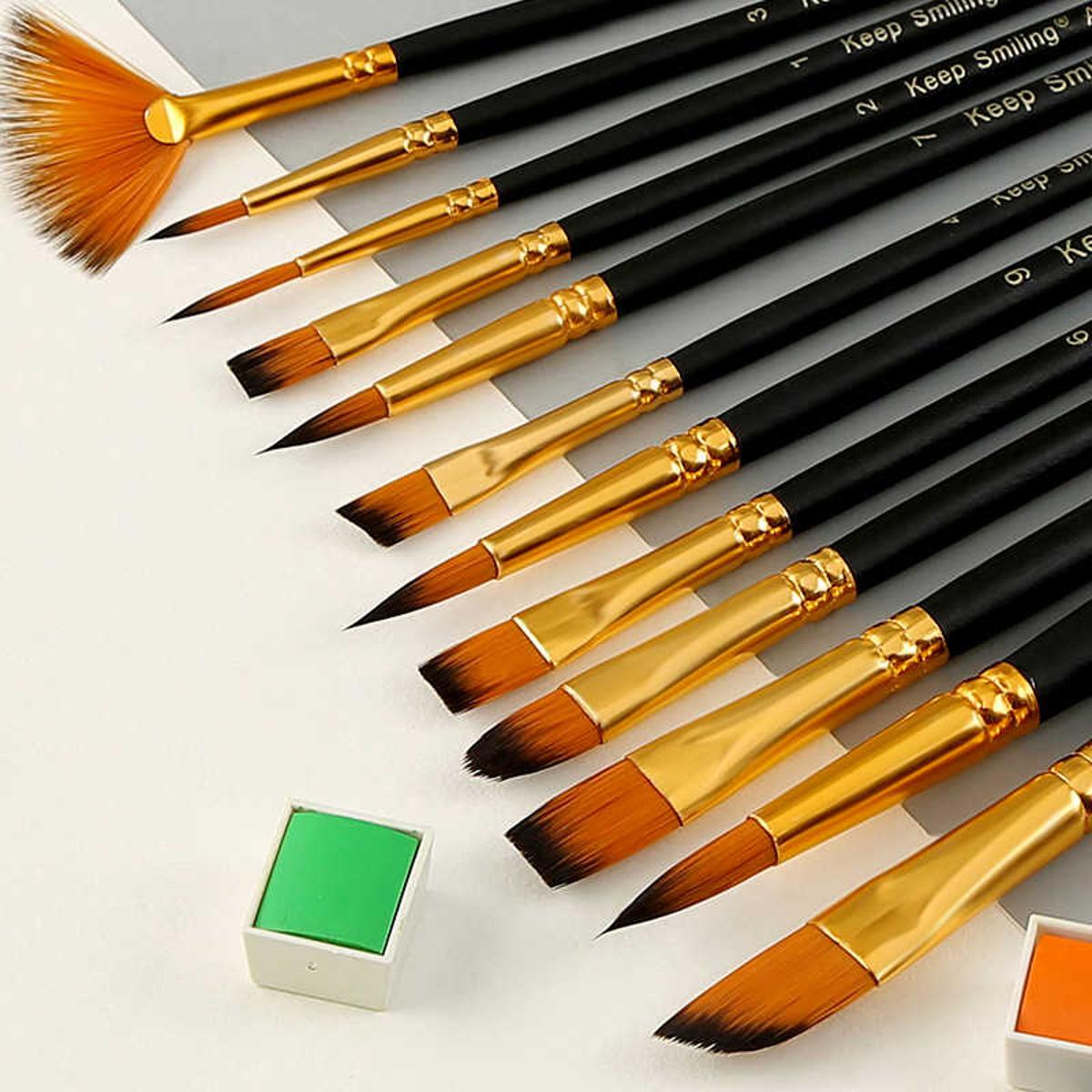


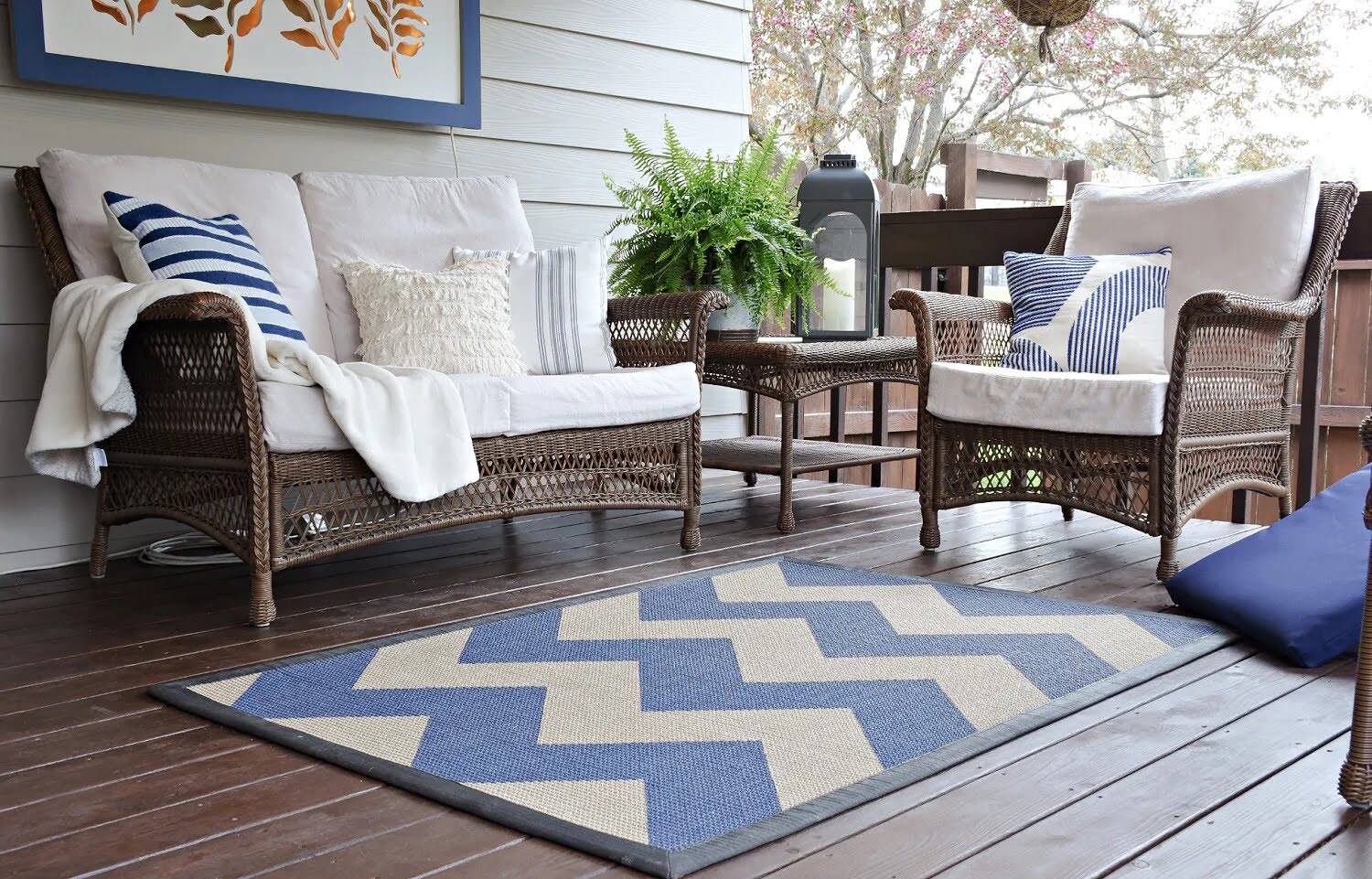
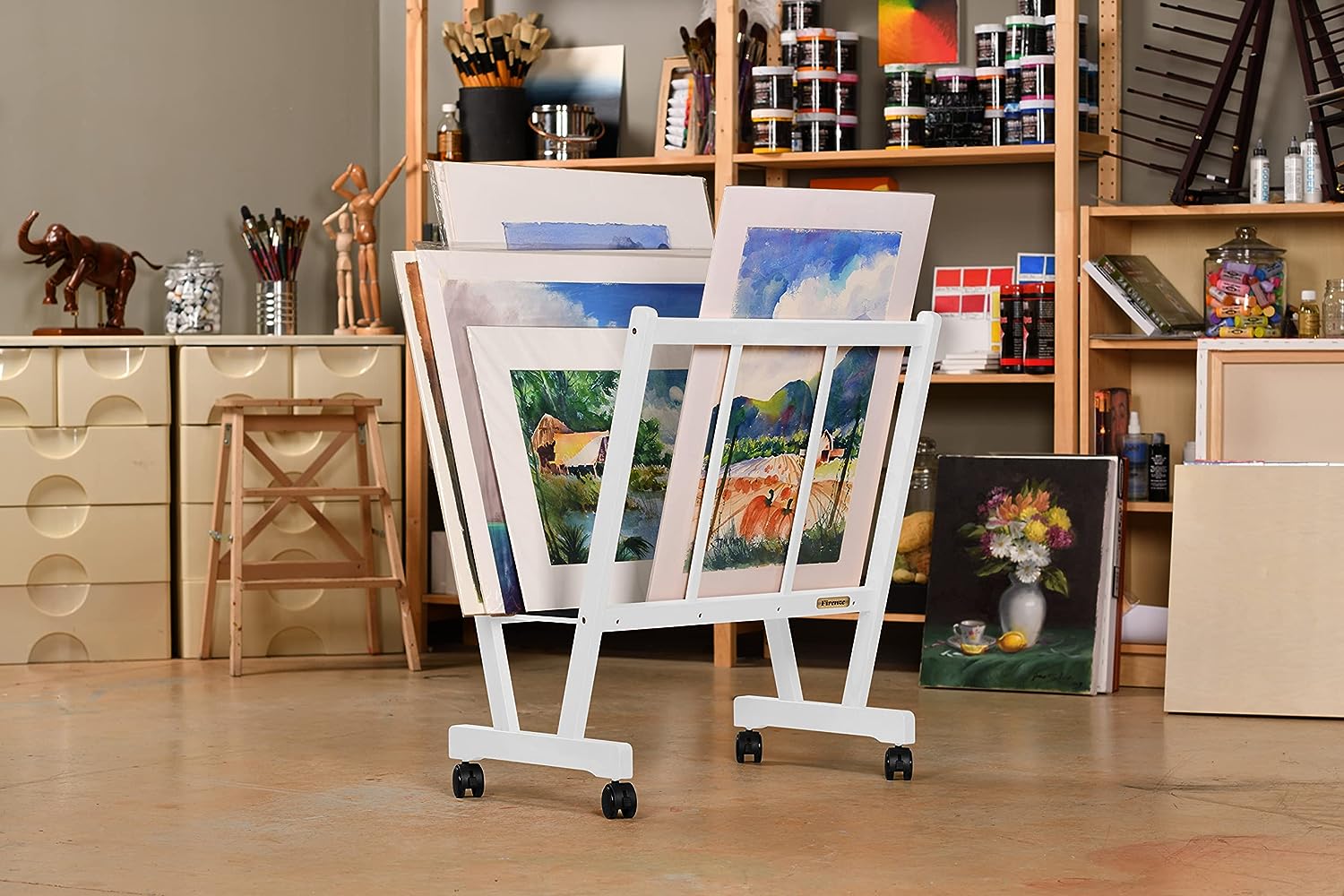
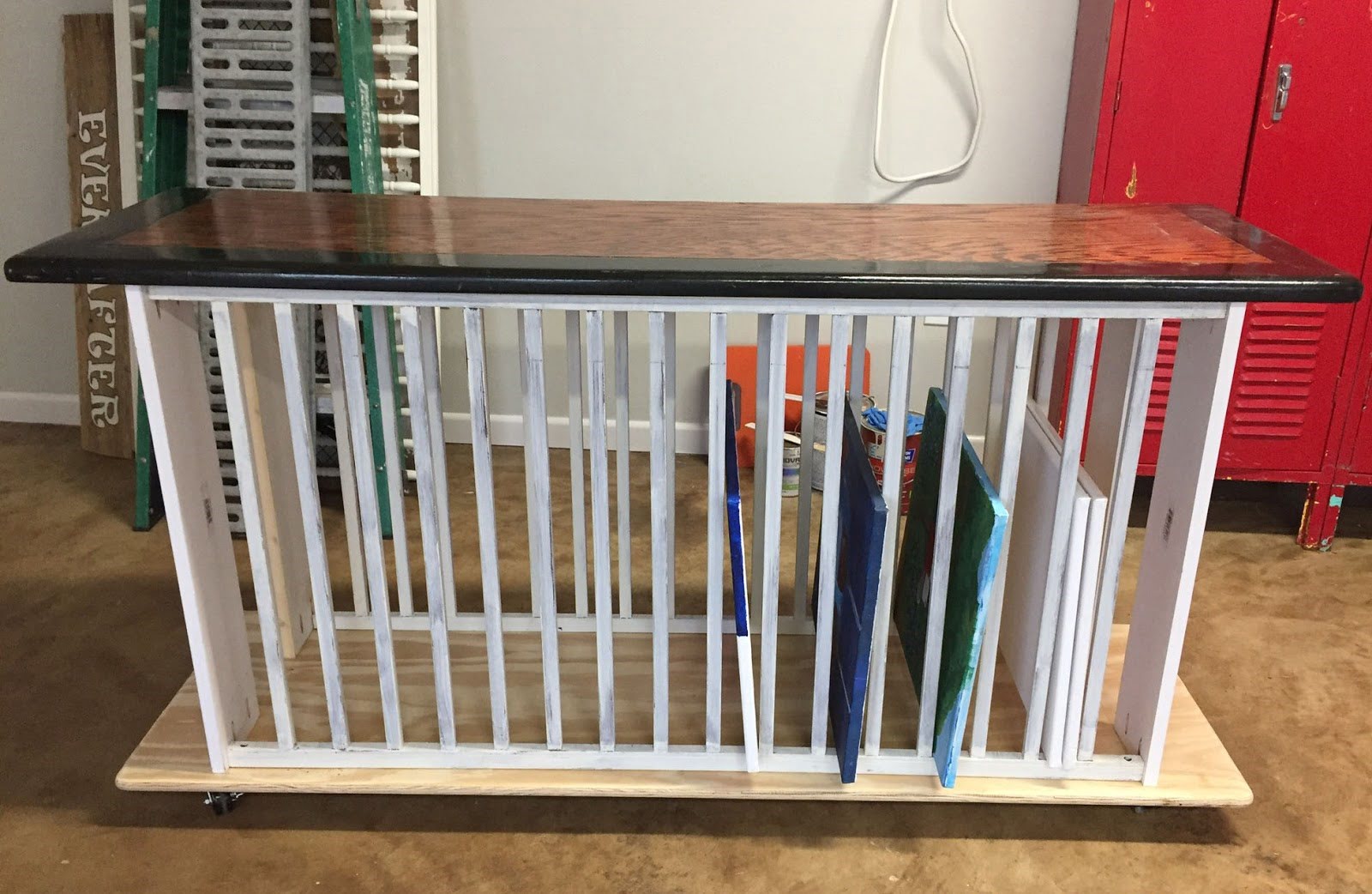






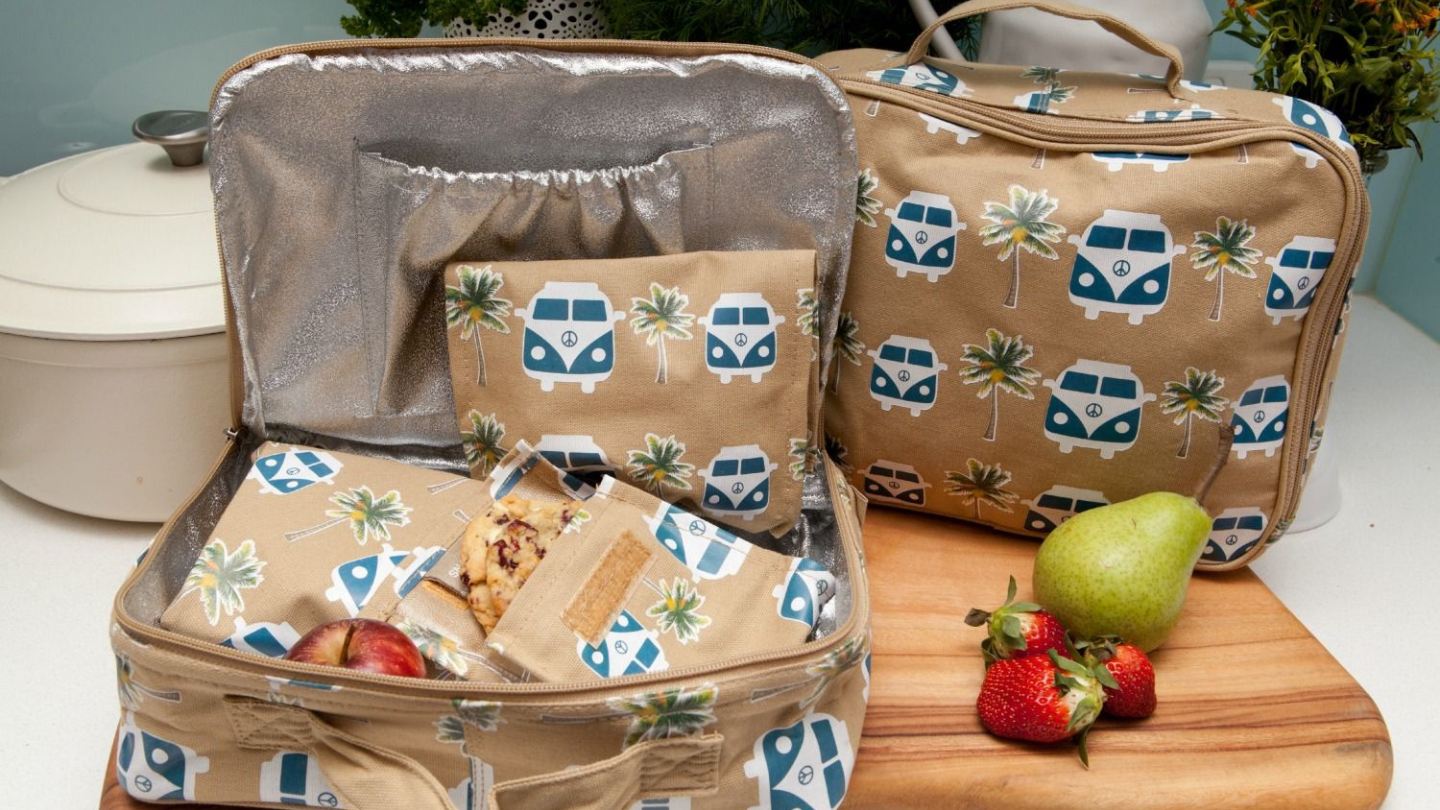
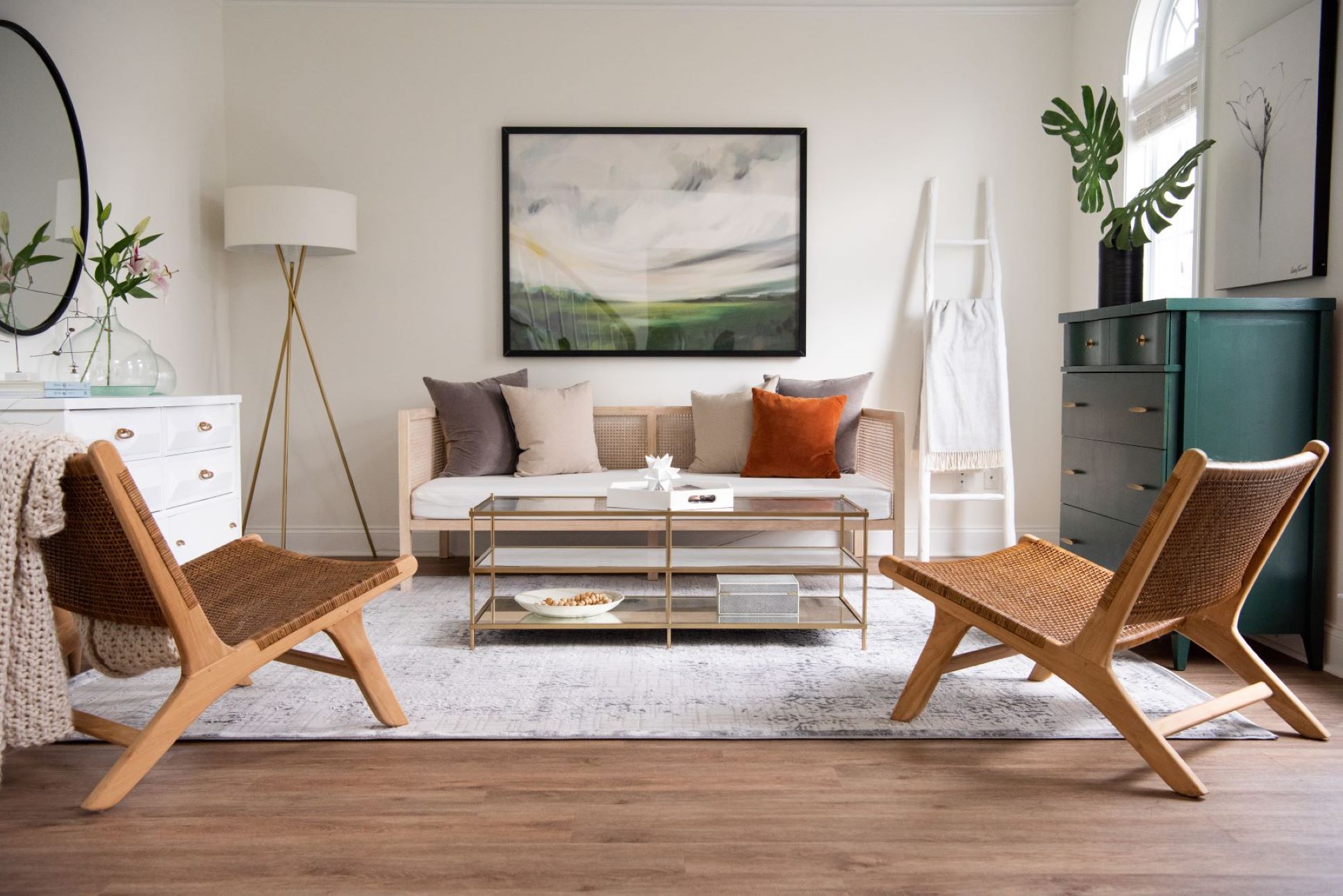

0 thoughts on “How To Paint Canvas Rugs”